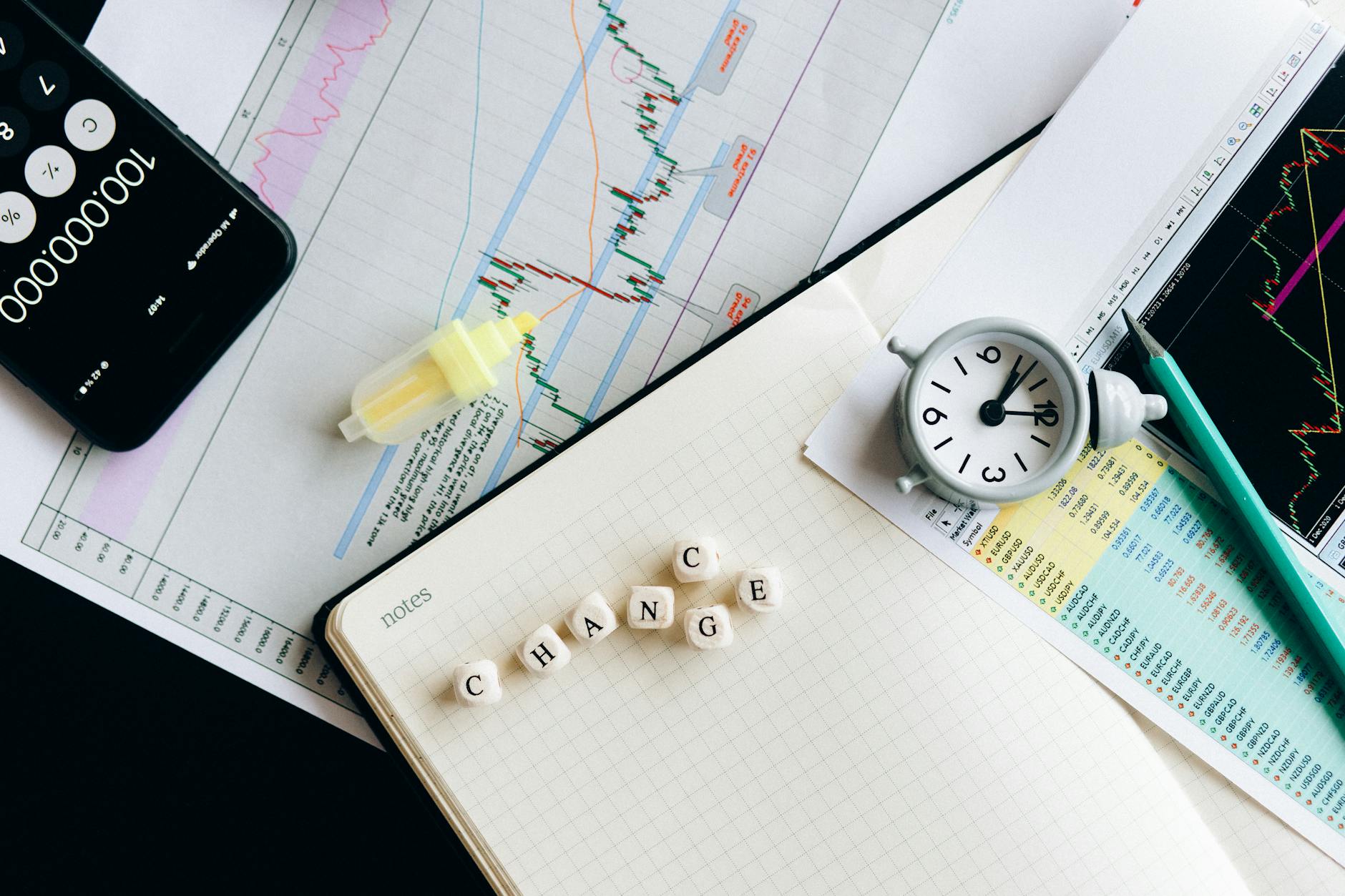Forex trading is exciting but comes with real risks. The currency market moves fast with high swings in value, and traders often use borrowed money to make bigger bets. Without smart risk management, these factors can lead to heavy losses. This post breaks down the types of risks forex traders face and offers clear, practical ways to keep those risks in check. Protecting your trading capital is the first step toward success.
Understanding Forex Trading Risks
Before we get to risk control, it helps to understand the risks themselves. Forex markets are influenced by many unpredictable forces, which makes limiting losses challenging but essential.
Market and Exchange Rate Risk
Currency prices move based on supply and demand. Macroeconomic factors like interest rate changes, inflation data, or political shifts cause these ups and downs. Imagine trying to catch a fast-moving bird — that’s what navigating currencies can feel like. Sudden swings can wipe out trades that looked safe just moments before.
Leverage and Margin Risk
Forex trading often involves leverage — borrowing money to increase your buying power. While this can boost profits, it also magnifies losses. If a trade goes against you, your losses could exceed your initial investment. Brokers may issue a margin call, demanding more funds or closing your positions to cover losses. Using too much leverage is like driving a sports car at high speed without brakes.
Liquidity and Counterparty Risk
Not all currency pairs trade smoothly around the clock. Low liquidity means fewer buyers and sellers, causing price slippage or delays in order execution. In thin markets, your trade might fill at a worse price than expected. There's also counterparty risk — the chance your broker or trading platform could fail to settle trades properly or even become insolvent.
Geopolitical and Economic Risks
Unexpected events like elections, wars, or trade disputes can send shockwaves through forex markets. Economic reports and central bank policies impact investor sentiment and currency valuations. These factors create sudden bursts of volatility traders must be ready to handle.
Practical Strategies to Limit Forex Trading Risks
Managing risk in forex is about discipline and clear rules. The goal is to reduce losses so profits can cover them over time. Here’s how to do it.
Set and Adhere to Risk Tolerance Levels
Know how much of your total capital you’re willing to lose on a single trade. Most professionals risk no more than 2% per position. This small risk cap lets you survive even a string of losses. Think of your trading capital as your lifeboat — don’t puncture it with big holes.
Use Stop-Loss and Take-Profit Orders
Stop-loss orders automatically close your position at a price you set to limit losses. Take-profit orders lock in gains when the market hits your target. These tools help you stick to a plan and avoid emotional decisions during fast market moves. Setting these exit points ahead of time is like planning your trip route before setting off.
Manage Leverage Prudently
Choose leverage levels that fit your risk profile and experience. Avoid maxing out your margin just to chase bigger wins. For example, a 10:1 leverage multiplies gains and losses tenfold, so a small price move can quickly erase your account. Using lower leverage is safer, especially when starting out.
Diversify Trades and Currency Pairs
Don’t put all your eggs in one basket. Trading several currency pairs or mixing strategies spreads risk. Losses in one pair may be offset by gains in another. Diversification smooths out big swings and reduces the chance of total capital loss.
Stay Informed and Analyze Market Conditions
Track economic calendars, central bank announcements, and geopolitical news. Combine this with technical analysis to forecast potential moves. Staying updated helps you avoid unexpected volatile periods or adjust your trades accordingly. It’s like checking the weather before going sailing.

Photo by Nataliya Vaitkevich
Common Mistakes That Increase Risk and How to Avoid Them
Many traders lose money due to avoidable missteps. Watch out for these traps.
Ignoring a Trading Plan and Discipline
Trading without a clear plan leads to impulsive decisions, chasing losses, or holding losing positions too long. A plan outlines entry, exit, and risk limits. Discipline means following that plan without exceptions.
Overtrading and Chasing Losses
Trading too often or trying to “win back” losses quickly fuels emotional mistakes and magnifies risk. Quality trades beat quantity. Sit out when unsure.
Failing to Use Risk Management Tools
Not using stop-loss orders or ignoring position sizing rules invites big losses. Risk management tools are your safety net.
Overleveraging and Misjudging Position Size
Using excessive borrowed money can wipe your account from a few bad trades. Adjust position sizes based on available capital and your risk tolerance.
Neglecting Economic News and Market Events
Ignoring market-moving news can lead to unexpected losses, especially during important releases or political events. Timing matters.
Conclusion
Forex trading carries a mix of risks — from market swings to leverage dangers and geopolitical shocks. Understanding these risks gives you an edge. More importantly, using smart strategies like limiting risk per trade, setting stop-loss orders, managing borrowed funds carefully, diversifying trades, and keeping up with news helps protect your capital. Consistent risk control is the foundation for lasting success in the forex market. Keep your guard up and trade smart.
